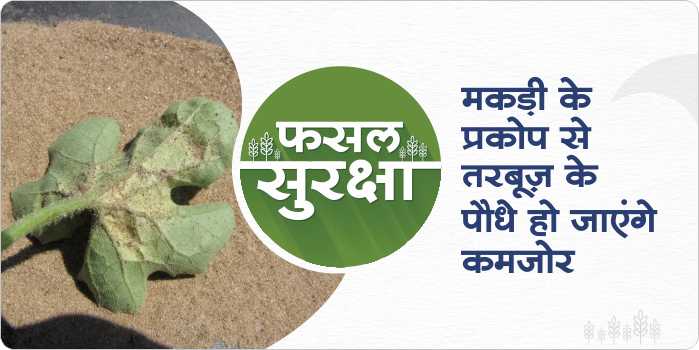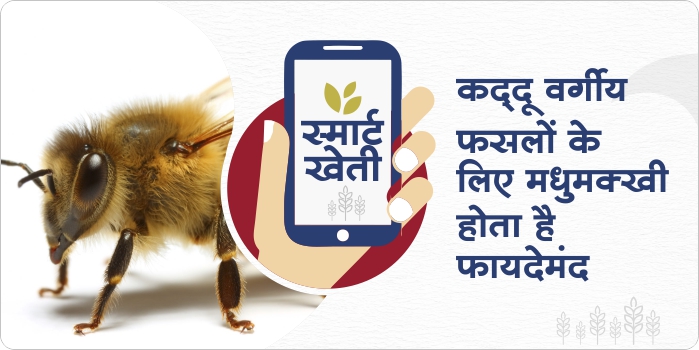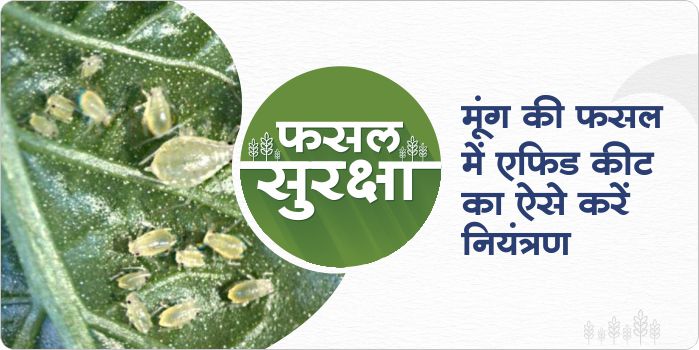-
Many types of weeds like Bathua, Khartua, Morva, Pyaji, Motha, Dub etc. grow in the gram crop.
-
These weeds affect the yield by competing with the crop plants for nutrients, moisture, space and light. Apart from this, weeds also cause many diseases and pests in the crop, which also affect the quality of the seed.
-
Timely control is very important to prevent the damage caused by weeds. Two hoeing is sufficient in gram crop. First, weeding should be done after 20-25 days of sowing and second after 50-55 days.
-
If labourers are not available, spray Pendimethalin 38.7% EC 700 ml per acre in the field within 1-3 days after sowing. Then do one hoeing after 20-25 days of sowing. In this way, the damage caused by weeds in the gram crop can be prevented.
ShareAdd your farm with the My Farm section of Gramophone app and keep on getting the exact advice and solutions related to smart agriculture throughout the crop cycle. Share this article with your friends with the share button below.










